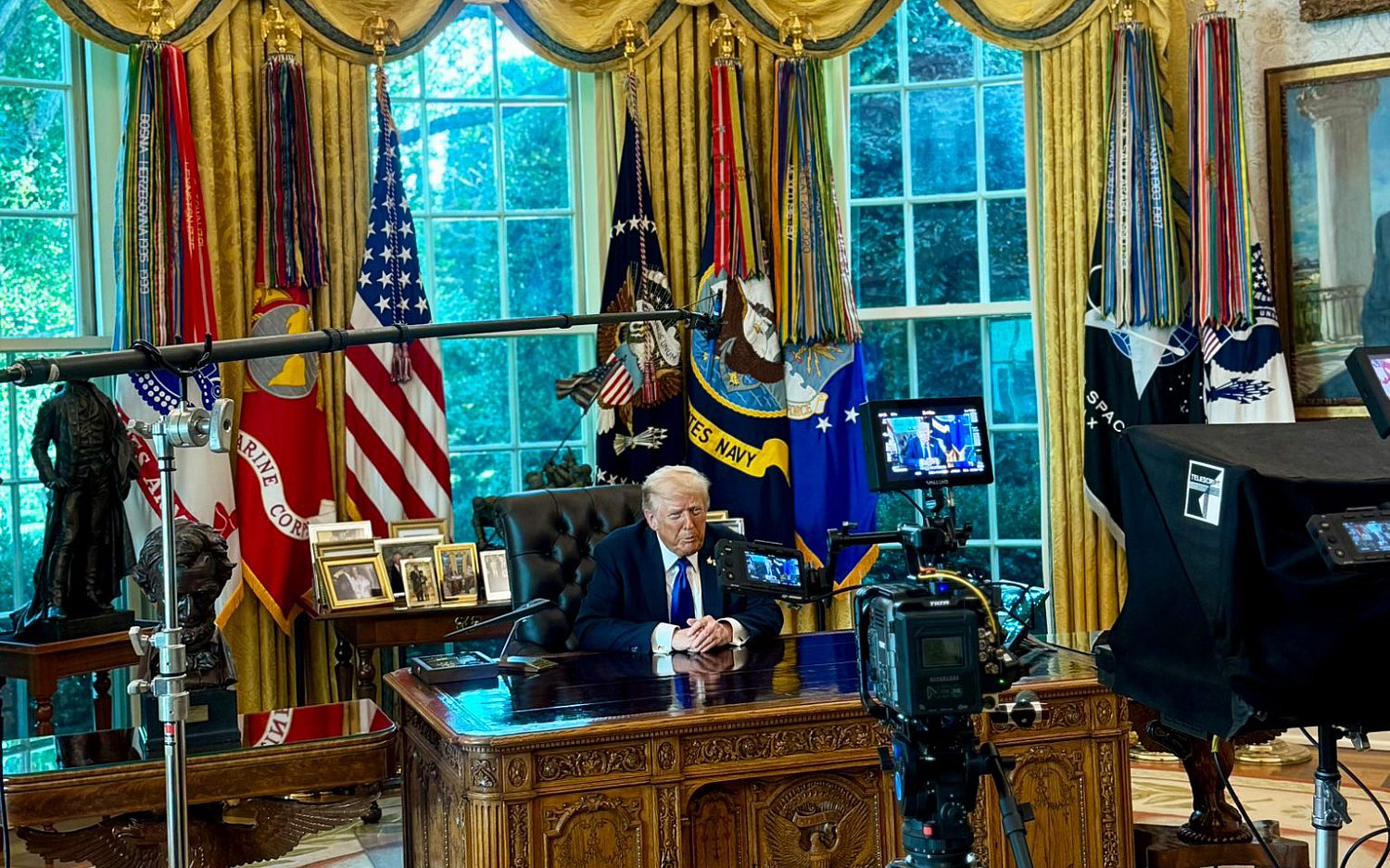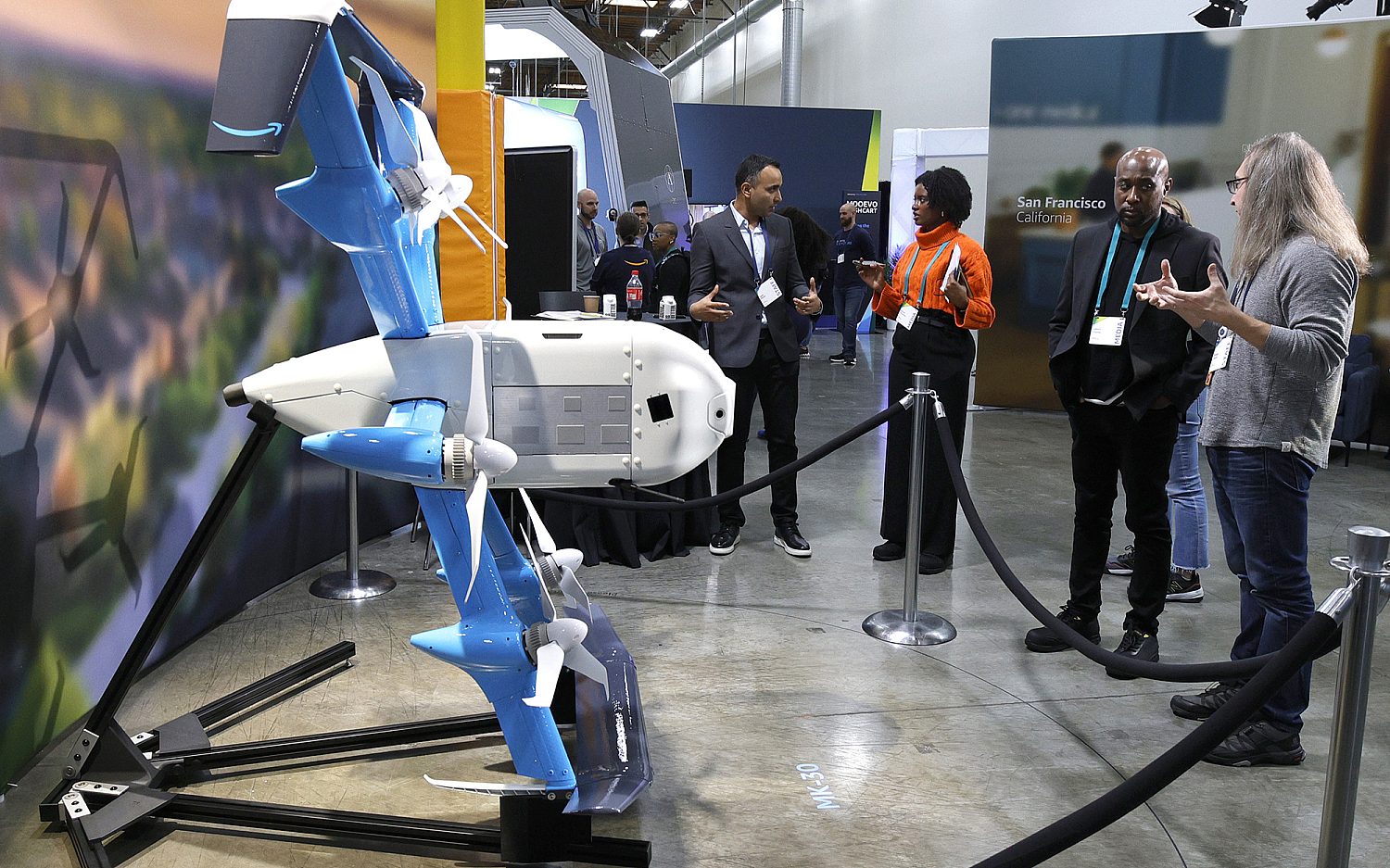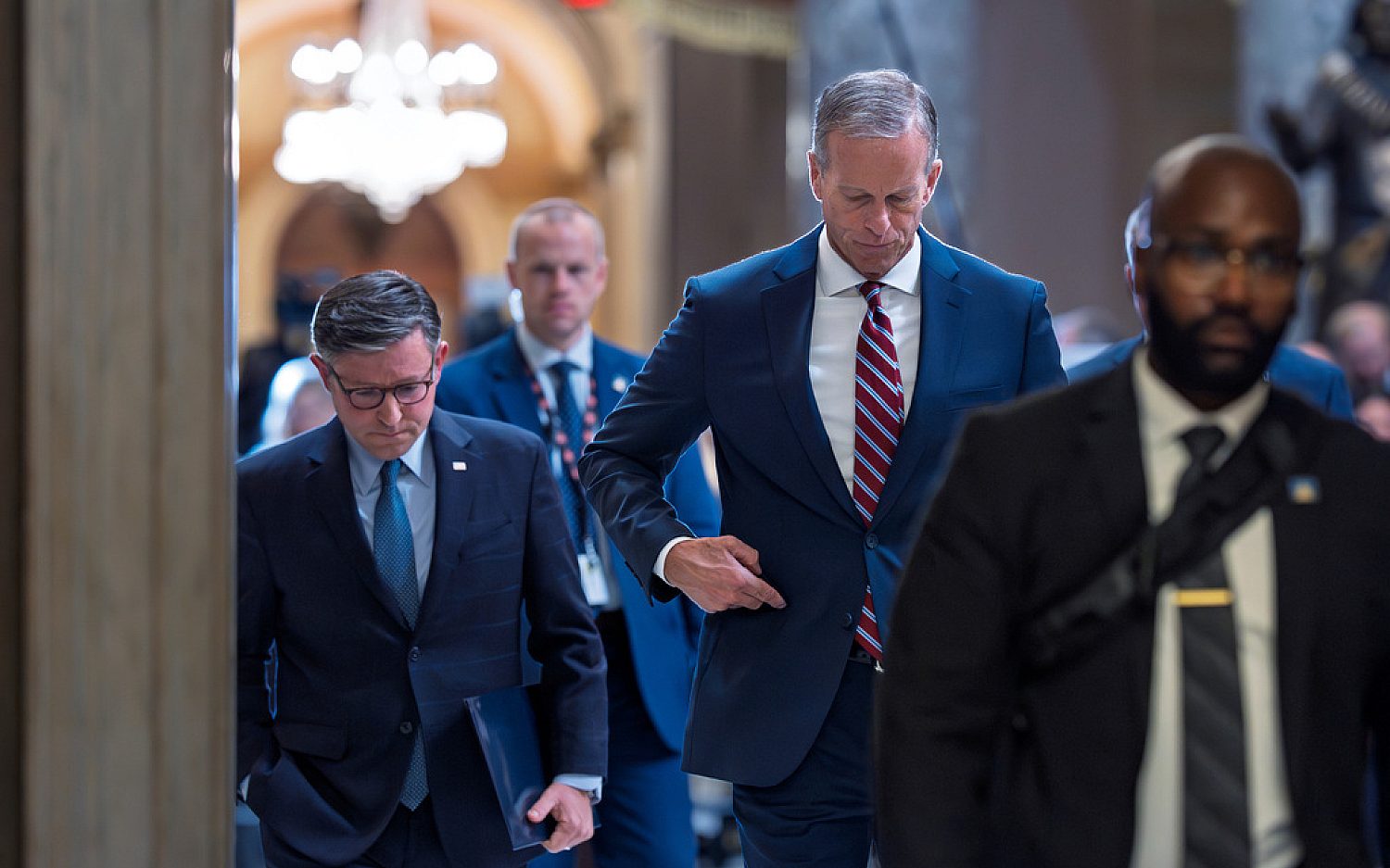U.S. cities adopt European obsession with trains
Deep below London, construction hit the halfway mark last month on a massive project to install 26 miles of new track and stations that will connect London’s financial and business hubs, in the East and West Ends. It’s part of a rail boom that’s sweeping the globe from Asia to Europe and includes cities in the United States.
Reducing road congestion and improving access to jobs and London’s two “in-town” international airports are key aims of Europe’s largest infrastructure project. But Londoners are thinking mainly of how it will shave time off commutes, up to half of many East-West journeys.
Funded by both government and industry, projections show the $26 billion Crossrail development will bring countrywide economic benefits to the tune of $68 billion, starting with more than 14,000 people employed just in construction.
Previous rail projects such as the Docklands Light Rail (DLR), which connects the East End to London’s historic financial district, and the London Overground (LO), which integrates suburban and inner-city subway networks, have spurred business development.
“I know from implementing other rail projects in London such as DLR and the London Overground that [economic] benefits were far in excess of predictions, particularly in terms of land values,” said Ian Brown, who is on Crossrail’s board and has been involved in London transport advances for the past 40 years.
Brown views Crossrail as a means of “sustaining London as a viable growing city.” At the economic and cultural levels, the new lines will have what he calls “the agglomeration effect” on productivity. Transport infrastructure is key to this effect, which happens when businesses, resources, consumers, research units, and the labor pool are better connected. The No. 1 benefit for everyone is quicker and cheaper travel. Overall, the city becomes a more productive zone, radiating outwards from proximity to rail stations.
In other cities around the world, rail is also king. Last year, Istanbul opened an 8-mile Cross-Bosporus rail tunnel, linking its European and Asian halves. No less that 10 Chinese cities will open metro systems this year or next. And New York City’s subway ridership is at its highest levels since the 1950s, with expansion projects underway.
About 60 U.S. and Canadian cities are expanding or creating rail systems, from Tucson to Toronto and Ft. Collins to Ft. Lauderdale. Ft Collins, Colo., has a rapid bus transit system but most cities are investing in subway or commuter rail and, believe it not, streetcar lines.
Streetcars, rolling at ground-level on rails or tires, are typically small-scale and join up areas of a city. Rail lines tend to radiate from a city core and move people in and out of suburbs. Quieter and cheaper to build than dedicated rail lines, streetcars are becoming popular with riders—and leading economic activity.
An analysis of the streetcar network in Portland, Ore., shows $3.5 billion worth of development within a two-block radius of the track in the past decade. Washington, D.C., predicts $8 billion in development to follow the roll-out of its 8-line streetcar system, now under construction.
A dozen other U.S. cities are also betting on streetcars. Sun Link, in Tucson, Ariz., will join up several central districts and the University of Arizona starting this summer. Developers claim it has already triggered a boom in downtown business starts.
An actual newsletter worth subscribing to instead of just a collection of links. —Adam
Sign up to receive The Sift email newsletter each weekday morning for the latest headlines from WORLD’s breaking news team.




Please wait while we load the latest comments...
Comments
Please register, subscribe, or log in to comment on this article.